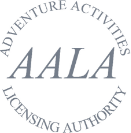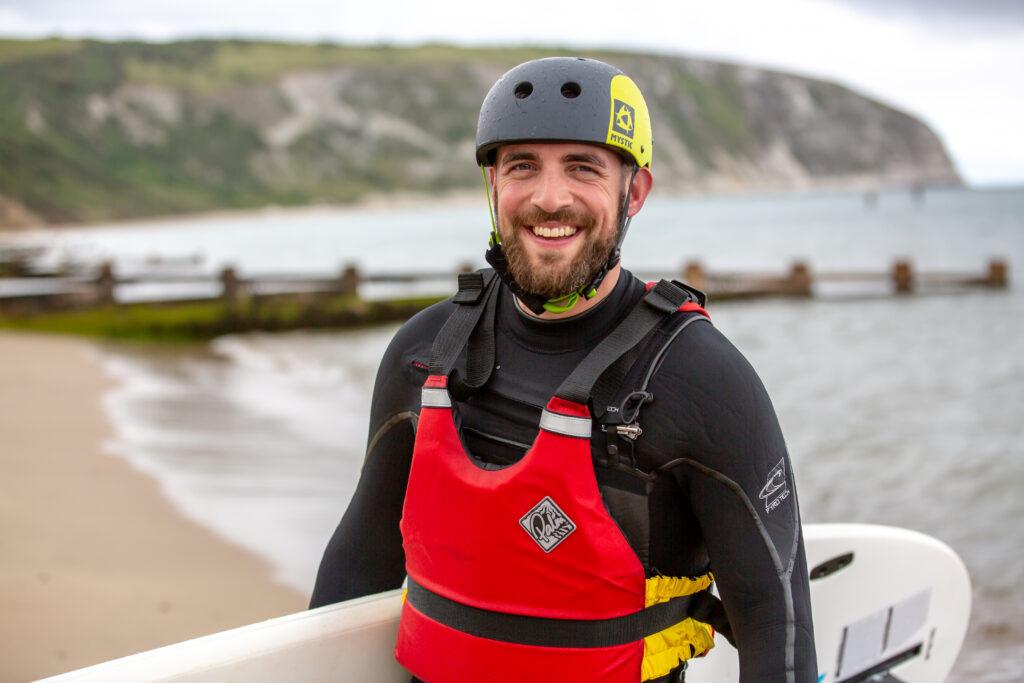
Feeling lost? Consider a career change by joining a fast track Outdoor Instructor Training course – It could be the best decision you ever make.
Here’s how to navigate uncertainty while making the most of your journey towards becoming a professional outdoor instructor. Sometimes, you’ve just got to be a little bit brave.
You’ve got this…

1: Focus on Self-Assessment and Research
Before diving into a career change, conduct a thorough self-assessment. Reflect on your interests, personal strengths and passions. Where do you wish you could be day-to-day?
A really good indicator of whether you should be working outdoors is whether your Instagram and TikTok feeds are bubbling full of adventurous content, fiery sunsets and constant travel videos. If this sounds familiar, then this could be a sign to step away from behind the desk and do something that suits your interests. The algorithms KNOW!
Research the outdoor industry, exploring the qualifications and job opportunities available. There’s A LOT to learn.
Aligning your goals and aspirations with this industry will set you on the right path. Many people going for a career change have a load of transferrable skills that work incredibly well in the outdoor industry: leadership, logistics, teaching, coaching and even parenthood give you a massive advantage in the industry.
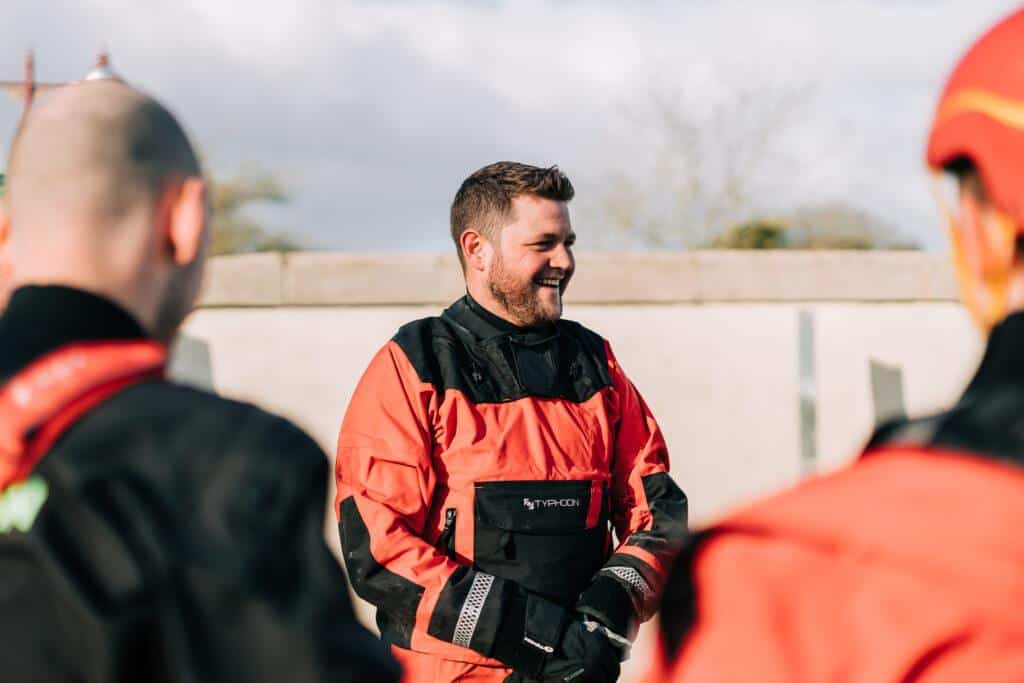
2: Identifying Reputable Training Programs
Choosing the right outdoor instructor training program is crucial before you make a career change. Seek a reputable fast track Outdoor Instructor Training course that offers comprehensive National Governing Body qualifications and experienced instructors. Consider factors such as program duration, industry recognition, and job placement support. Selecting a reliable training program ensures a solid foundation for your new career. It’s got to feel right.
Ask the centres the following:
– How they choose the qualifications
– How long the Outdoor Instructor Training course has been running
– How many people they employ off the back of the course
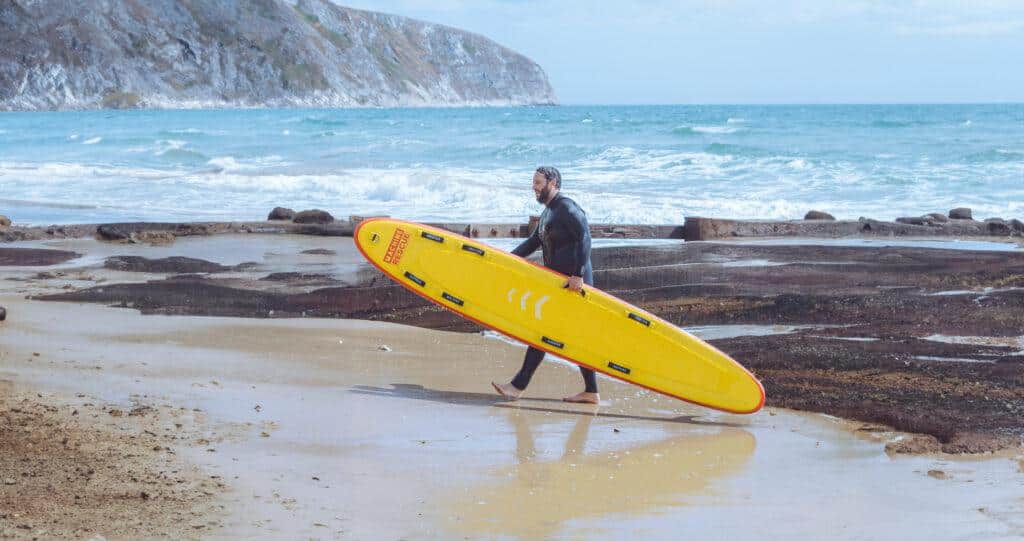
3: Financial Implications and Funding Options
Think about the financial aspects of your career change. Determine the cost of the training program, including tuition fees and living expenses. Explore funding options from your local authority like scholarships or grants to ease the financial burden. By having a realistic financial plan, you can focus on your training without unnecessary stress. Here’s a good tool to see if there are any financial grants that you can apply for: https://grants-search.turn2us.org.uk/
Look out for hidden costs such as food, trips away, additional registrations, transport, personal safety kit. At Land & Wave, we are upfront about what you’ll need to pay for:
Course fees: £6160
Accommodation: £2750
Kit Package: £990
Total: £9,900
You’ll also need to factor in an additional £200, which covers your personal memberships to Mountain Training and British Canoeing, plus your registration for the Lowland Leader and Rock Climbing Instructor Training courses.
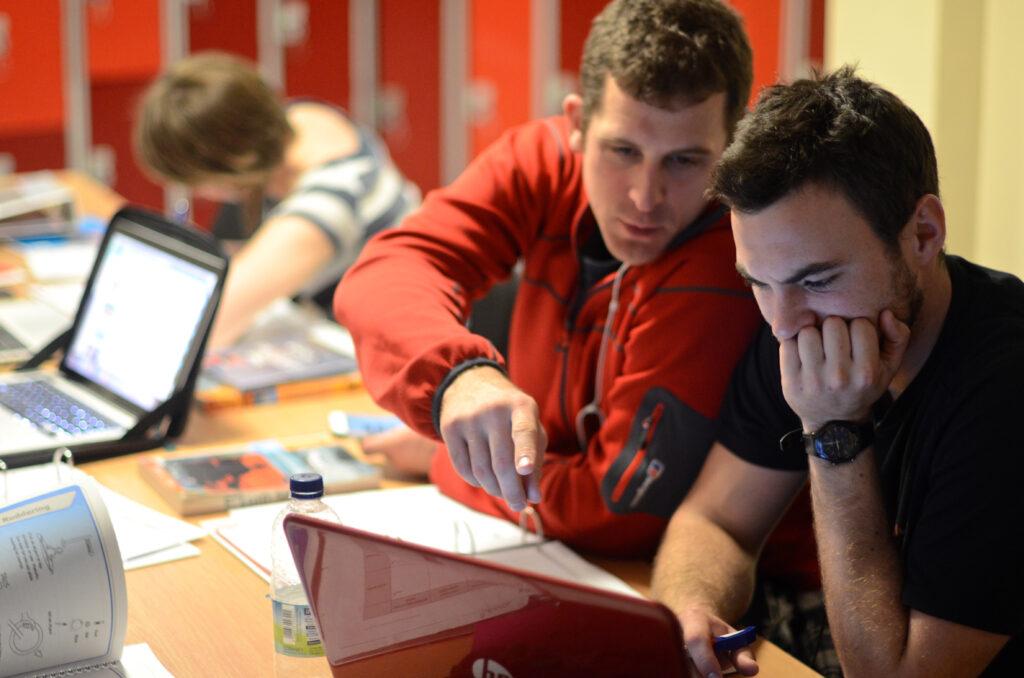
Red Flags to look out for:
- A longer course doesn’t always offer better value – it can sometimes simply prolong the amount of time you’re not earning
- Watch out for courses that offer ‘work experience’ as part of the course – as soon as you’ve gained your outdoor qualifications you should be earning a proper wage!
- In-house qualifications – check you’re gaining as many official National Governing Body qualifications as possible. These are recognised across the outdoor industry. By comparison, in-house qualifications can only be used at that one centre and are not transferrable.
4: Seek Professional Advice
Tap into the knowledge and experience of other outdoor instructor professionals. Seek their advice on training programs and gain insights into the industry and how they got there. Their guidance will help you make an informed decision and set realistic expectations for your career change. The best way to do this is to jump on to some Outdoor Instructor groups on Facebook as well as try to shadow a couple of activities if you can. There will be lots of Career Changers who will be happy to share their experience.

5: Evaluating Commitments
Assess your current commitments, both personal and professional. Evaluate how these may impact your ability to pursue a 3-month training program. Balancing your existing obligations with the demands of the course is essential for a smooth transition.
Here are a few ways you could help cover some living costs:
- Rent or AirBnB your property / Sublet your room
- Pause your gym membership and memberships
- Take a sabbatical / or a career break for 15 weeks (if you have a well-paid job and choose to stay on the company payroll, you could receive a decent monthly tax relief payment while you train)
- Childcare: can your family help with midweek childcare for a period of time? You could potentially return home Friday evening – Monday morning depending on your location. You also have a 2-week break over Christmas on the Land & Wave Outdoor Instructor Training course.
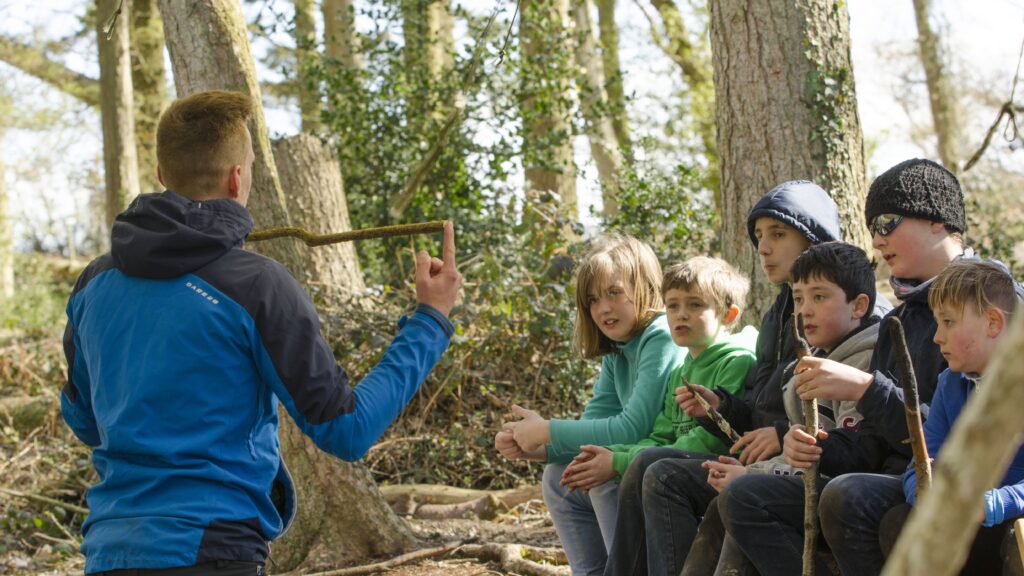
6: Facility Visits and Firsthand Experience
Whenever possible, visit training centres to gain firsthand experience of what the place is like. This provides insight into the program’s quality and allows you to meet instructors and interact with current students. Observing the training environment helps you determine if it aligns with your learning style and preferences. Outdoor Instructor Training takes place at various places around the UK – they all offer very different landscapes.
Land & Wave is well-positioned on the South coast in Dorset – perfect if you love paddlesports, climbing, hiking and bushcraft. We welcome lots of people who are making a career change, so we know it’s a big deal and can support you through it.
Feeling comfortable and at ease is extremely important when choosing a course like this.
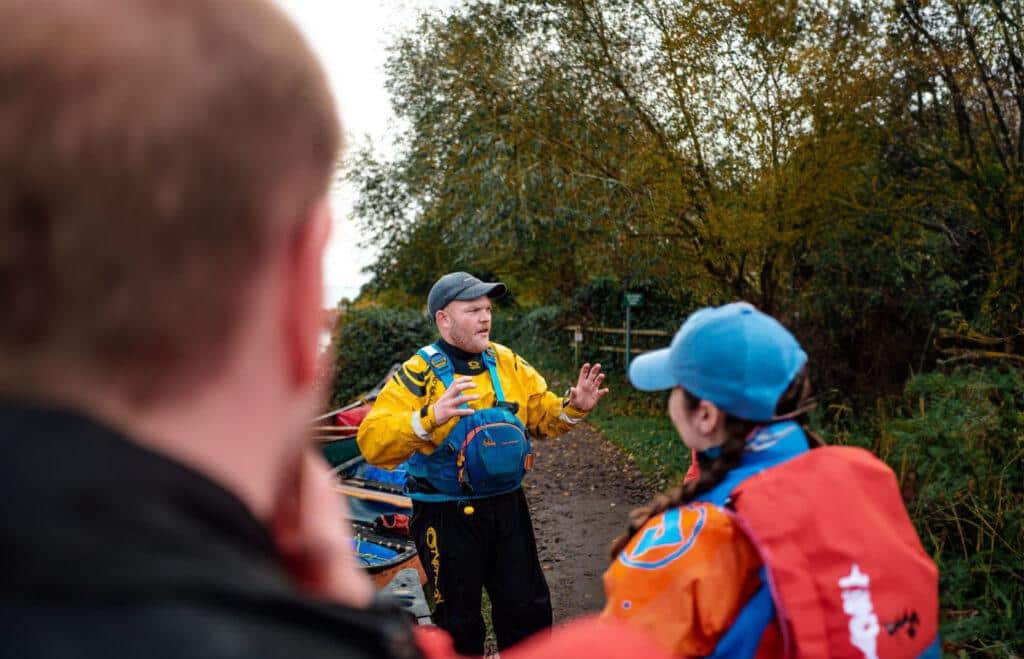
7: Making an Informed Decision
Weigh the pros and cons of joining a fast track Outdoor Instructor Training course. Consider your personal circumstances, goals, and the insights gathered from research and professional advice. Make a well-informed decision that aligns with your aspirations.
This isn’t just a financial decision. We’re guessing that if you’re reading this page, your current lifestyle may not be completely fulfilling to you. Think about how a life working outside in nature could impact your life.
A career change is not always about a salary increase – there is so much much to be said for life-work balance and mental well-being.
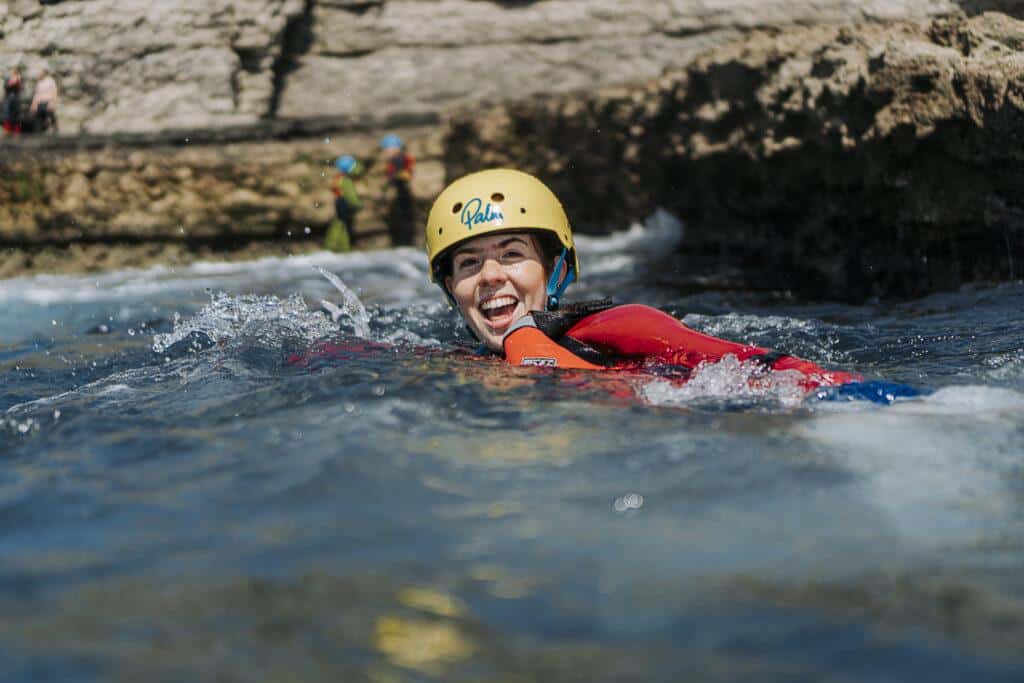
8: Transition Planning
Develop a comprehensive plan for the transition into your new career. Consider how to manage your current job while attending the training program. You may need to hand in your notice. You may need to save some monty for a year. Create a financial plan to support yourself during the training period and the initial stages of your outdoor instructor career. Setting goals and creating a timeline will keep you on track.
To give you a good idea of Outdoor Instructor wages, take a look at this jobs page for the types of roles and salaries available. https://www.outdoor-learning.org/jobs/current-vacancies-new
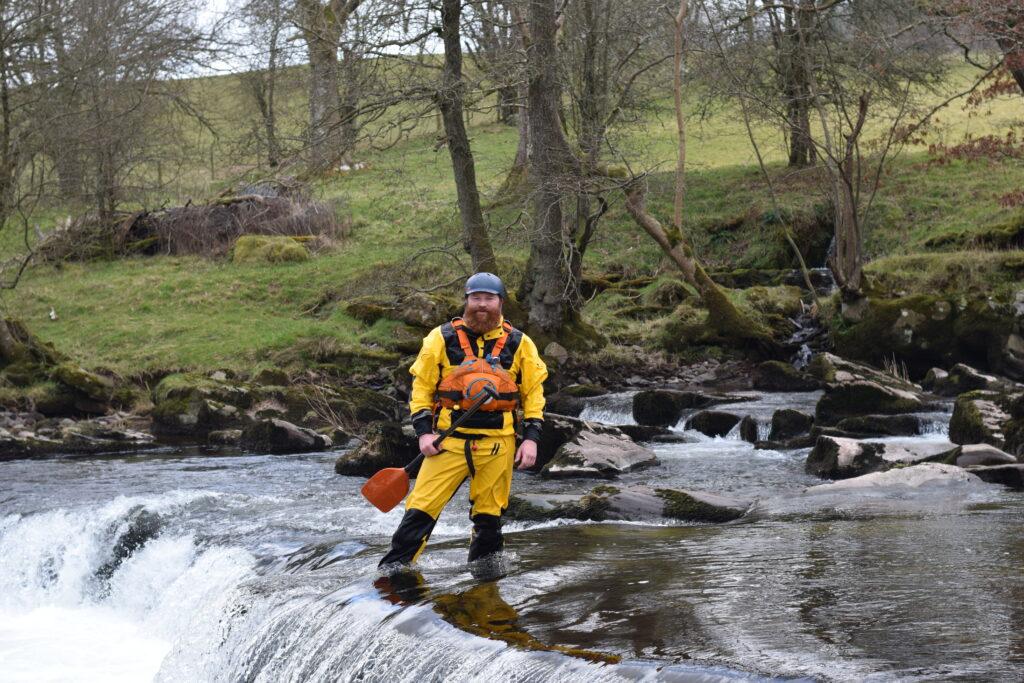
9: Embracing Growth as an Outdoor Instructor
Embrace the challenges and growth opportunities that come with a career change. Continuous learning and skill development are crucial for success as an outdoor instructor. Embrace the journey with enthusiasm, openness, and a commitment to personal and professional growth.
It’s pretty epic to learn something new as an adult.
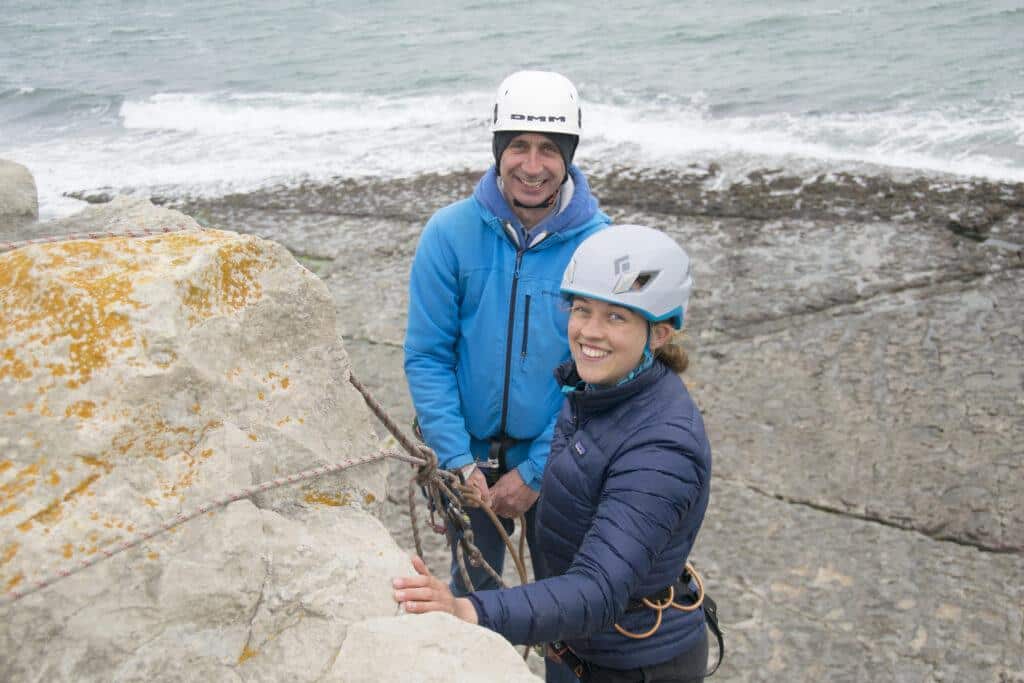
10: Transition Planning and Financial Considerations
As you embark on your career change journey, it’s essential to plan your finances effectively. Consider your financial obligations during the training period and the transition into your new career as an outdoor instructor. Explore various options to manage your finances, such as budgeting, saving, or exploring funding opportunities like scholarships or grants.
If you require additional financial support, you may explore government assistance programs like Universal Credit, which can provide some people temporary financial aid during your training period. This is means tested, which means it will take into consideration your earnings and any savings you have. If you do not have savings, you could expect to receive around £450 a month of financial support during your training period.

Additionally, some individuals choose to take a career break of around three months to focus on their training without worrying about immediate income. Assess your personal circumstances and consider if a career break is feasible for you. As mentioned before, if you are able to stay on your company payroll and you’re on a cumulative tax code, a high-earner could take a career break and still receive around £800 in tax relief. This is hugely helpful while you’re training.
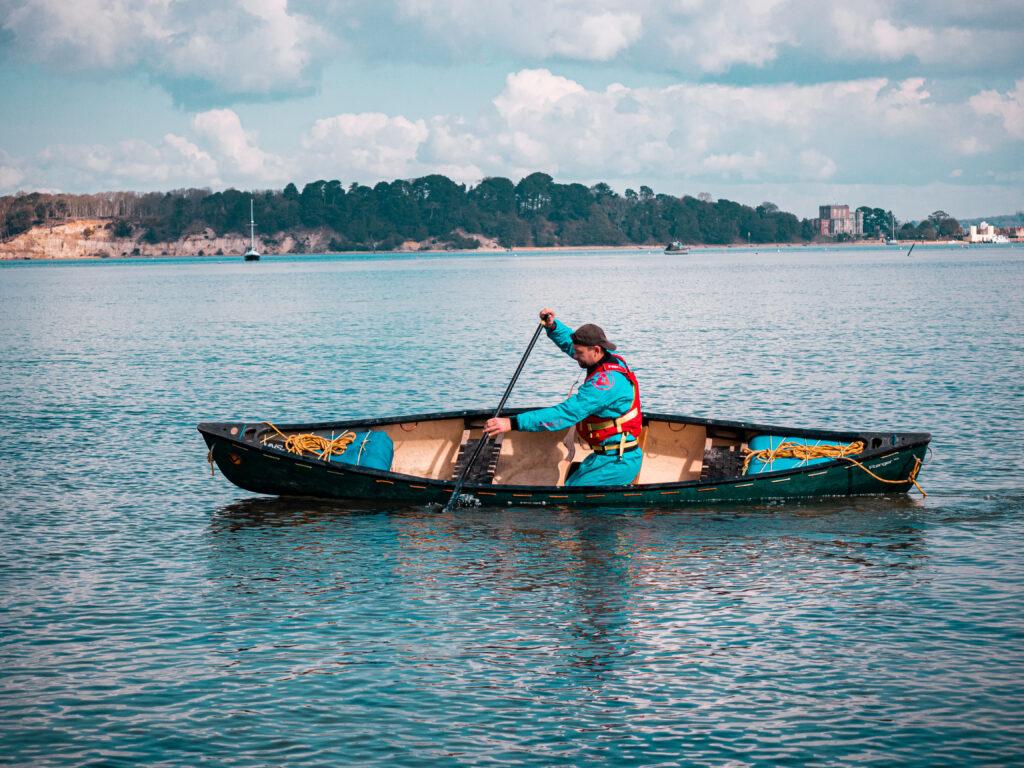
Creating a comprehensive financial plan will help you navigate the training period with peace of mind, ensuring that you can focus on your qualifications and skill development. By carefully managing your finances, exploring potential funding sources, and considering options like Universal Credit or a career break with tax relief, you can alleviate financial concerns and fully immerse yourself in your new career path.

Make the Change
Hopefully these 10 steps give you the confidence to navigate uncertainty and pursue a flipping brilliant career change as an outdoor instructor. With a solid plan in place and the right training program, you’ll be well-equipped to embrace the opportunities that lie ahead. Embrace the change and enjoy the journey as an outdoor instructor.
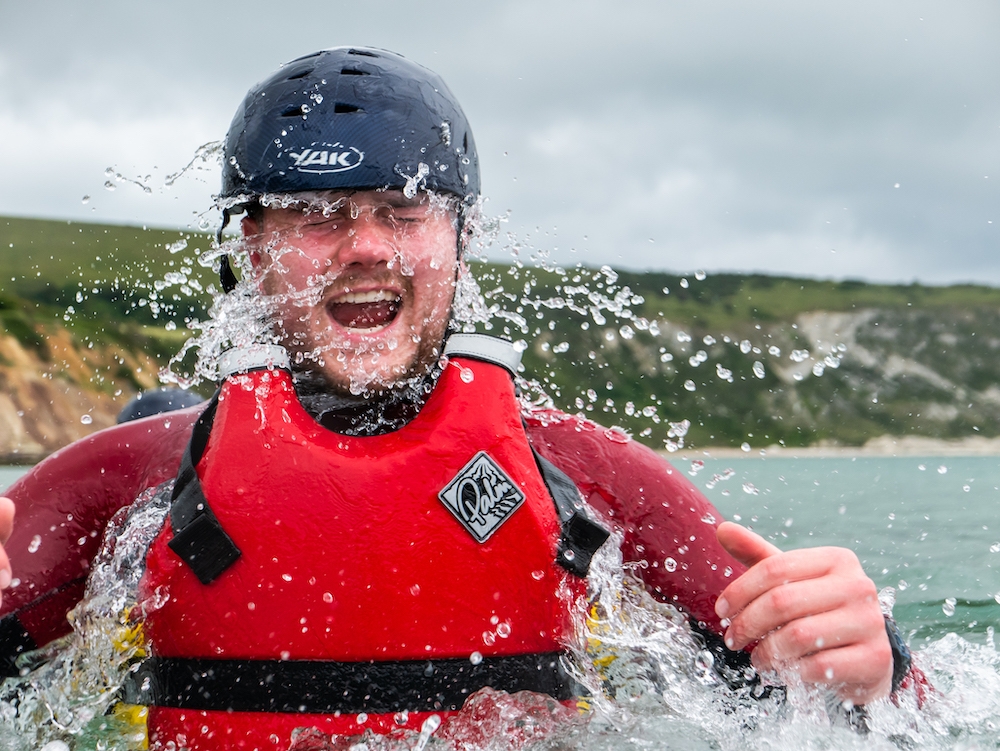
If you want to know more about Outdoor Instructor Training in Dorset, check out https://landandwave.co.uk/outdoorinstructortraining/
Feel free to visit us on your next day off. Hopefully you’ll get a warm fuzzy feeling when you visit us – but equally we wont be offended if you don’t. It really, really has to feel right.


